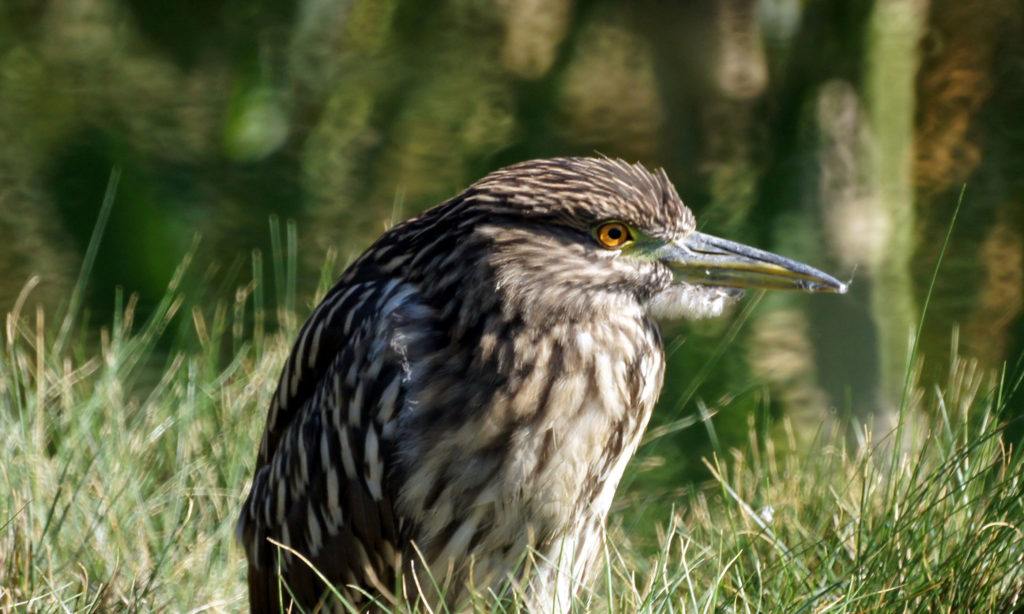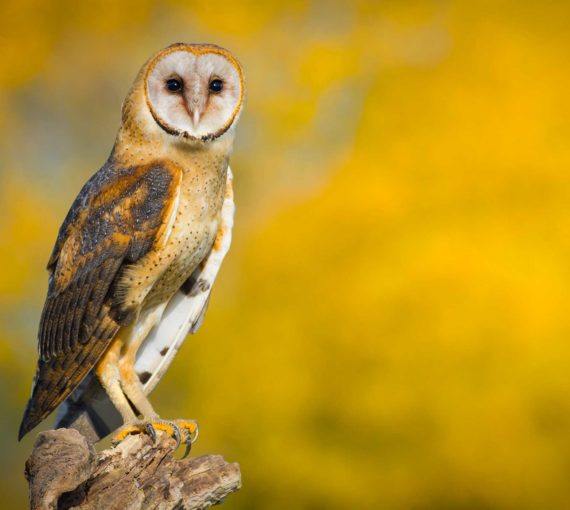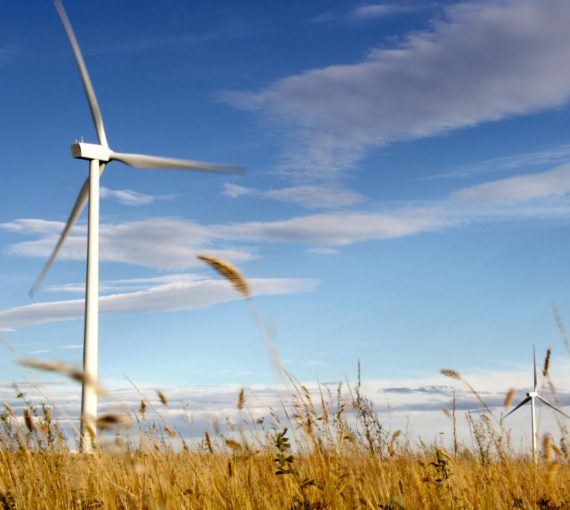Every winter morning, my bike tucked away, I walk to and from work along Queen Street, from the east end to downtown and back. This January, I’ve stopped several times on the bridge over the DVP and the Don River as, more days than not, a gang of four black-crowned night herons has been hanging out in a tree on the river’s bank.
I may have seen the same herons in summer, as there was a nesting colony at the Leslie Spit. I brought my daughter to witness the phenomenon, but she couldn’t get past their stink.
Why, I wonder, are they here in the middle of (what used to be) winter? The herons are so-called “short-distance migrants.” They typically breed here and then head to the Atlantic shoreline (Long Island, New York and south), the mid and southern Mississippi and the Gulf of Mexico when winter arrives.
Each time I see them, I pause to think about how this particular group of herons made the decision to change, breaking out of their normal routine. Are they lazy ones that were tired of flying? The ones best at thinking outside of the box? The most perceptive and adaptive ones to the changing climate? As I watch them hop from branch to branch or fly across the narrow strip of concrete-bound water, I feel like I am watching an effect of climate change play out immediately in front of me: a change in wildlife behaviour.
I feel like I am watching an effect of climate change play out immediately in front of me: a change in wildlife behaviour.
As it happens, plants and animals all over the planet are altering course in response to the changing climate. As conservation biologist Sonia Shah notes, “Deciduous shrubs of willow, birch, and alder have spread into the low Arctic tundra. Brightly coloured tropical parrotfish and rabbitfish have arrived in the temperate kelp forests of the eastern Mediterranean. Elkhorn corals from the Caribbean now sprout in thickets off the coast of Galveston, Texas.”
Indeed, species are on the move so much that scientists such as Shah are calling into question the utility of the traditional distinction between native and invasive species, and the accompanying value judgments (native = good, invasive = bad). As the climate changes and the components of functioning ecosystems shift along with landscapes, we may need to welcome furry, leaved and winged climate refugees to our lands and waters.
Of course, the plants and animals that are moving and changing behaviours are the lucky ones. Many wildlife species are not able to keep up with the rapid changes the planet is undergoing. Obviously, there isn’t time to adapt when one’s home is on fire, as the startling and devastating wildlife deaths in Australia illustrate.
After I ponder the herons, I sometimes turn my thoughts to my fellow humans. If (some) wildlife can adapt in response to a changing world, why do we seem so slow to pivot and drastically reduce our climate-disrupting emissions, when solutions are at hand?
I’m not a birder and won’t ever be. Although I like noticing birds around me, I can never seem to identify them in a bird book after I’ve seen them. But I can’t stop pausing on the bridge on my way to work, taking the herons in, and wondering about the world.
Our work
Always grounded in sound evidence, the David Suzuki Foundation empowers people to take action in their communities on the environmental challenges we collectively face.




